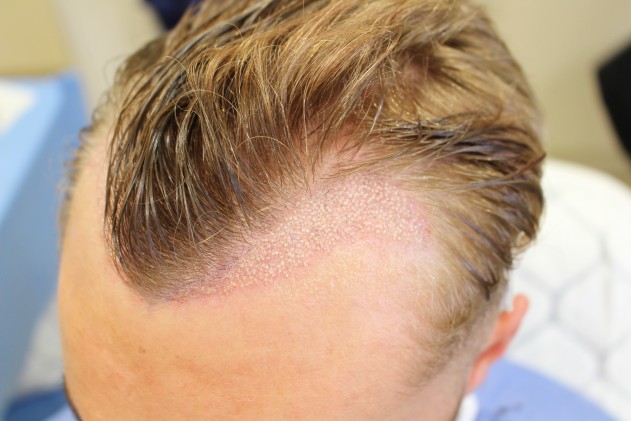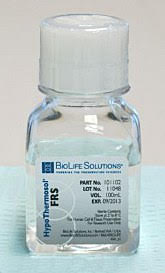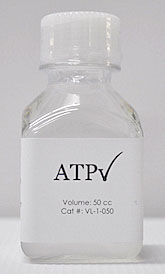HypoThermosol and ATP for hair transplant recovery and growth
12th July 2016

At The Maitland Clinic, we believe in doing all we can to achieve the best possible hair transplant result. This means striving for the best growth from each and every follicle that we transplant. Dr. Ball uses HypoThermosol and ATP during his hair transplant procedures in order to offer his patients the best chance of excellent graft growth and fast hair transplant recovery.
HypoThermosol – a graft storage solution

Many clinics use less expensive graft holding solutions such as normal saline or Ringer’s lactate solution. However, at The Maitland Clinic, we feel that the added investment in HypoThermosol is a worthwhile step in our efforts to produce the best possible rates of graft survival and post-operative healing.
The manufacturers state that:
“HypoThermosol includes components that scavenge free radicals, provide pH buffering, osmotic support, energy substrates, and ionic concentrations that balance the intracellular state at low temperatures.
HypoThermosol contains two potent antioxidants, glutathione and a synthetic analog of vitamin E. It mitigates temperature-induced molecular cell stress responses that occur during chilling and re-warming of grafts. This results in significantly extended viability of grafts awaiting placement during the hair transplant procedure. It is serum-free and protein-free, giving it hypoallergenic properties.”
ATP (Adenosine triphosphate) – an aftercare spray solution

Adenosine triphosphate (ATP) is an organic compound that provides energy for many processes in living cells. After a hair transplant, the grafted hairs are temporarily deprived of blood and oxygen, resulting in depleted levels of ATP. It can take around 3 days for the grafted hairs to develop their new blood supply. We encourage our patients to spray their grafts with liposomal ATP every 30 minutes during the day (and 2 hourly at night) for at least 2 days after their hair transplant. This can help to supply the scalp with valuable ATP while it develops a new blood supply to the grafted follicles.
Liposomal ATP is a solution that contains adenosine triphosphate (ATP) in liposomes. Liposomes are spherical lipid vesicles that can be used as a vehicle for the administration of nutrients and pharmaceutical drugs. The liposomal solution can be used to improve the delivery of ATP to the tissue deprived of oxygen and blood supply during hair transplant surgery (while the grafts are out of the body) and during the first few days of healing.
The main biological benefits of Liposomal ATP are thought to be: 1) It supplies energy to the follicle cells, maintaining their health and viability during the early post-transplant period. 2) ATP is a potent vasodilator on dermal arterioles, which increases scalp blood flow to the area being treated. 3) The lipid vesicles become internalised by the cell and serve as an ideal energy substrate for proliferating cells.
At The Maitland Clinic, we provide this solution to all patients undergoing FUT or FUE hair transplant surgery for use in the first 48 hours after surgery. We feel that it significantly helps to optimise the survival of grafts and expedites the healing process for a smooth hair transplant recovery.










